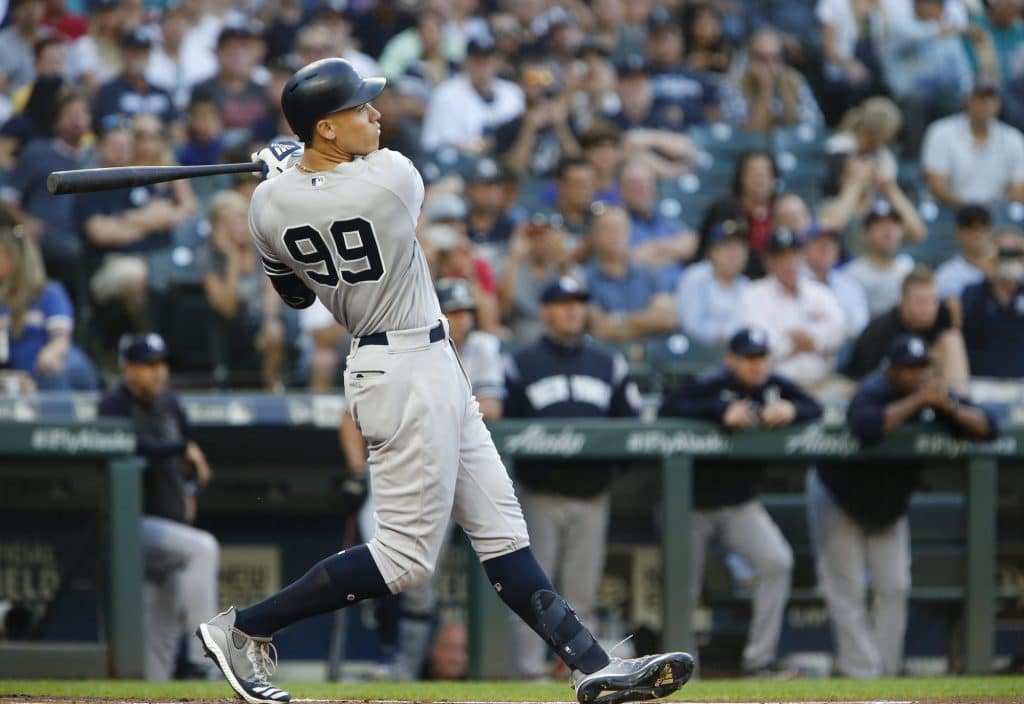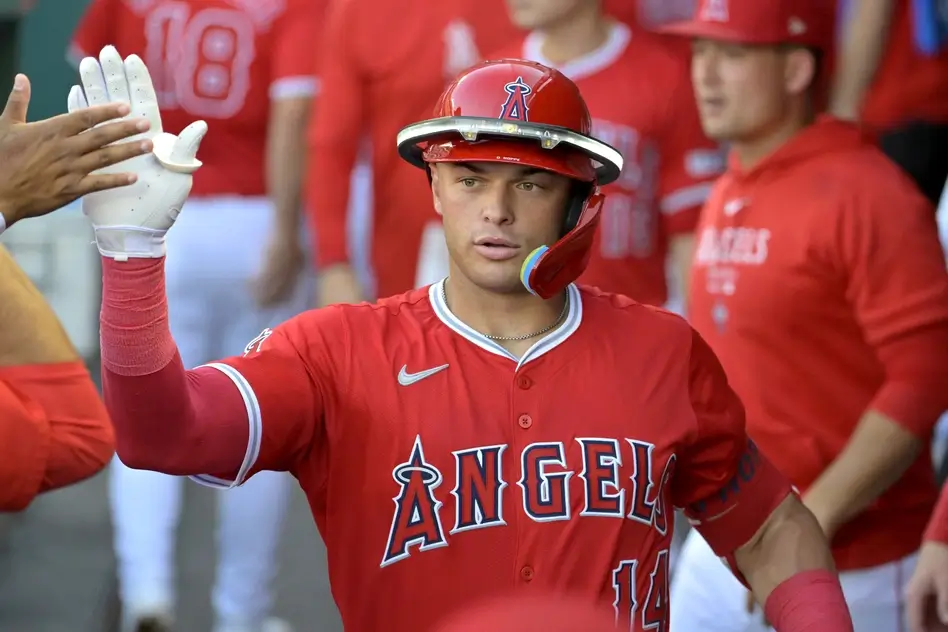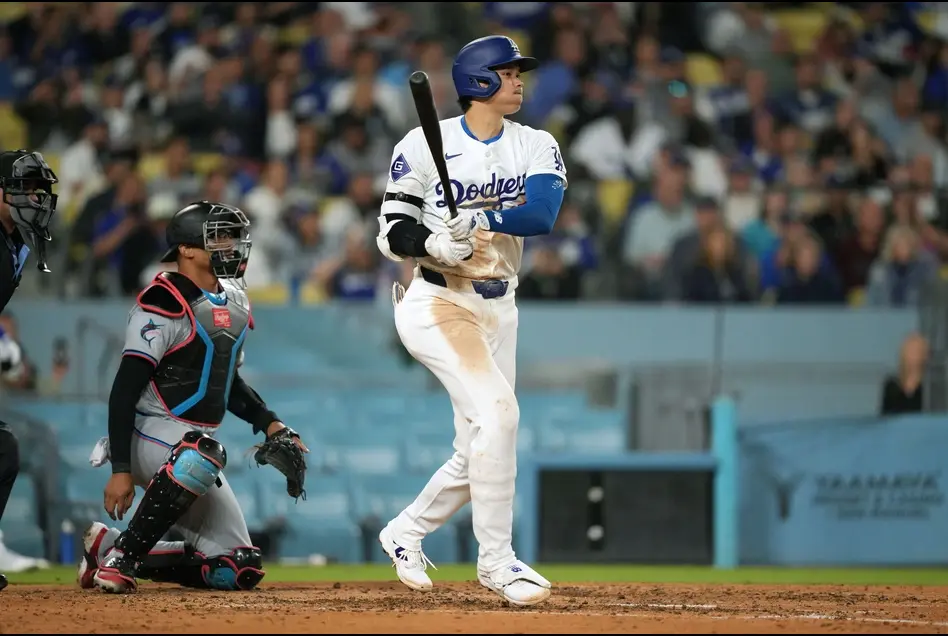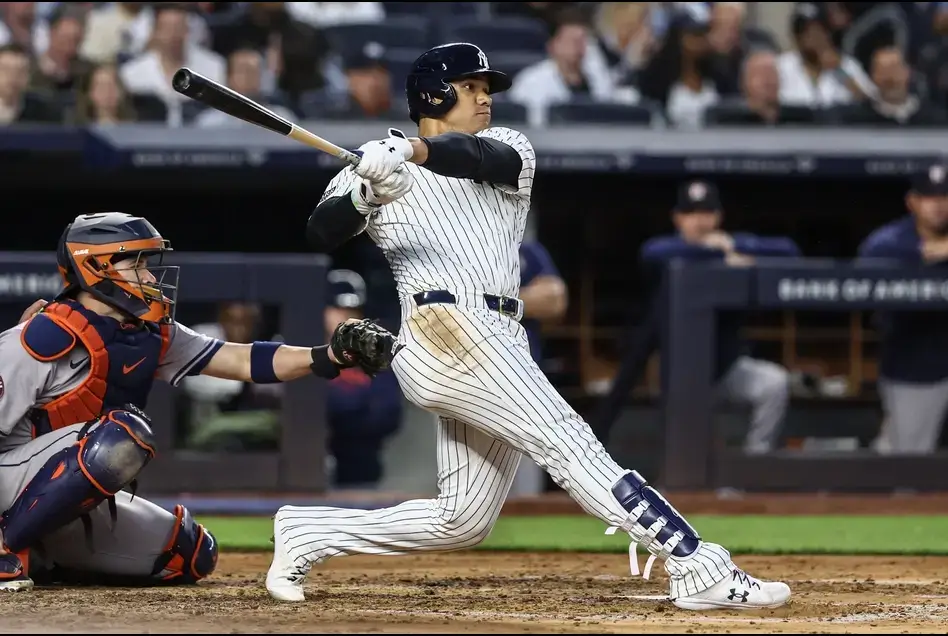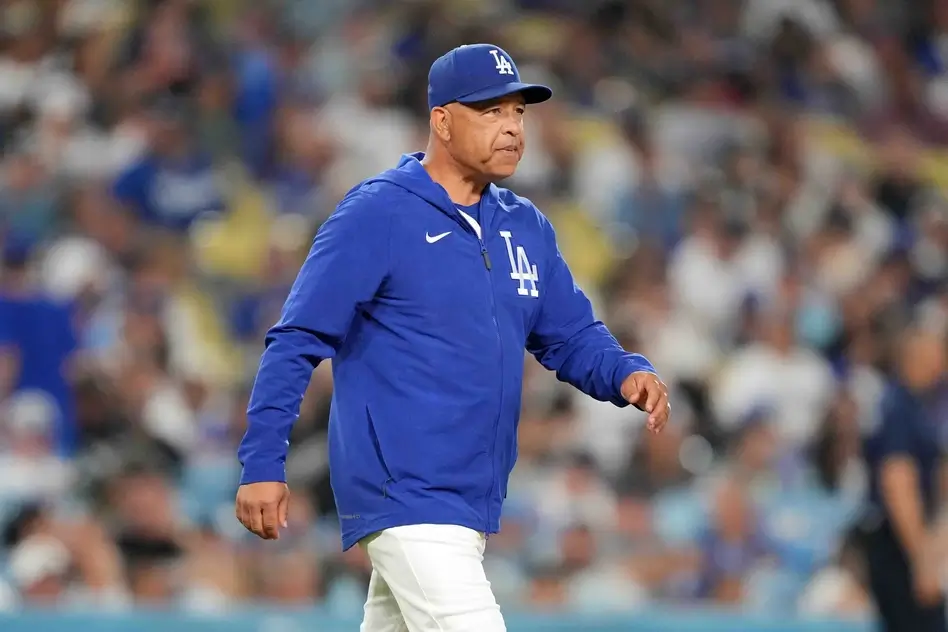Change is on its way for the 2021 Major League Baseball (MLB) season. It’s nothing to do with the rules or how many games are played – but the actual ball that will be used. A new one will be introduced, and it could mean fewer home runs are scored.
It’s always good to see a home run, but recent years have seen their number skyrocket. That’s not great news for the pitcher, so action is being taken that may make it harder to score a home run.
Other sports have had or are having a similar kind of problem. Javelins were being thrown so far; they were in danger of finishing up on the track and skewering runners. Golf at present is working out how to solve the problem of the lengthy drives by Bryson DeChambeau and other top players.
A memo was sent out to teams last week by MLB executive vice president of baseball operations, Morgan Sword. It contained some interesting scientific information. An independent laboratory has been testing the new balls and made a key discovery. They believe that the new balls will go one or two feet shorter when they are hit over a distance of 375 feet.
The possibility of fewer home runs won’t just affect the stats – it may well influence your fantasy league selections. As to who might win the league or score most home runs, the bookies are usually on the money. STS Bet, for example, has plenty of markets available on the upcoming MLB season, which gets underway on April 1. You’d be a fool to miss that start date. And if you are a sports bettor, or like to play in fantasy leagues like DraftKings, you might want to read on.
More home runs than ever
The 2019 regular season saw a total of 6,776 home runs, a new record. Last year was a shortened season due to the ongoing pandemic. Fewer games were played but there continued to be a glut of home runs. The 2019 average for home runs was 6.6% of plate appearances and fell just 0.1% last year.
That’s compared with an average number of home runs scored by each team per game of 1.16 five years ago. That had risen to 1.39 per game two years ago, a record total.
The 2019 season also saw the baseballs that were being used in MLB games being introduced to the Triple-A leagues. The use of the official balls that Rawlings makes resulted in a big increase in home runs in those lower leagues. Therefore, it was clear that the home runs increase was ball related and something should be done for the upcoming MLB season.
There had been claims that the baseballs being used had been “juiced.” That would cause more home runs, but the claims were dismissed.
So just what was happening? An investigation was carried out at the end of the 2019 season. A committee of scientists was formed to see what they could find out about what was taking place.
Around 1000 baseballs were tested. This included measuring them, weighing them with some split and gutted. If asked, ‘What are you doing at work today,” a scientist may have answered, ‘Firing hundreds of baseballs out of air cannons, of course.”
It was the first time that scientists had tested the aerodynamics of a baseball. Not a likely subject taught to them at university. Three light gates, a ball-return system and lasers were developed at Washington State, costing around $100,000. Just what did they discover?
Less drag, more power
Now it gets a bit technical. It seems that there was less drag on the balls than in previous seasons. This caused a power surge. The scientists were also concerned about inconsistencies in seam height, and this may be why the power surge was occurring.
The balls in use had been hand-sewn at a Rawlings Costa Rican factory. The fact they were made in that way is believed to have caused some extremely small deviations that could have caused those inconsistencies. No two balls may be similar, so one may be able to hit further than another resulting in more home runs being scored.
Another major factor is the coefficient of restitution (COR) that the balls have. For the less technical of you out there, this is measuring how bouncy they are. The set figure is .53 to .57, and recent years have seen the figure getting to the higher of those two figures.
Now the aim is for that figure to be reduced, and Rawlings think they have the answer. The first of the three wool windings within the ball have been loosened. They believe that this will reduce the COR down by between 0.01 and 0.02. The ball will also weight 2.8 grams less while still maintaining its previous size. Pitcher velocities are not expected to be reduced.
It’s not just MLB that has been making changes to the baseballs used. The same situation occurred in Korea two years ago. They made the baseball slightly heavier (less than 1/20th of an ounce) and also made a slight change to the COR. Did this have any influence on the number of home runs subsequently scored?
The answer to that is yes, it did, with the number of home runs scored falling by 33%. That doesn’t mean the same result will be seen in MLB. Remember, they are reducing, not increasing the weight of the ball. That difference means it’s not entirely sure if the Korean results will be replicated in MLB.
Balls in a humidor
Where the actual baseball will be stored is also seeing some change. The number of teams that store them in a humidor is increasing, with five more deciding to do so. The Colorado Rockies, New York Mets, Boston Red Sox, Arizona Diamondbacks and Seattle Mariners already do this. Those now switching to doing this haven’t been revealed. Those teams that have already done this have seen the number of home runs fall.
It’s going to be an interesting season with even more emphasis on the statistics. Will the new season see fewer home runs being scored? Only time will tell, of course, but it adds another layer of interest to the season when it begins on April 1.
[spreaker type=player resource=”show_id=3300147″ width=”100%” height=”200px” theme=”light” playlist=”false” playlist-continuous=”false” autoplay=”false” live-autoplay=”false” chapters-image=”true” episode-image-position=”right” hide-logo=”false” hide-likes=”false” hide-comments=”false” hide-sharing=”false” hide-download=”true”]


